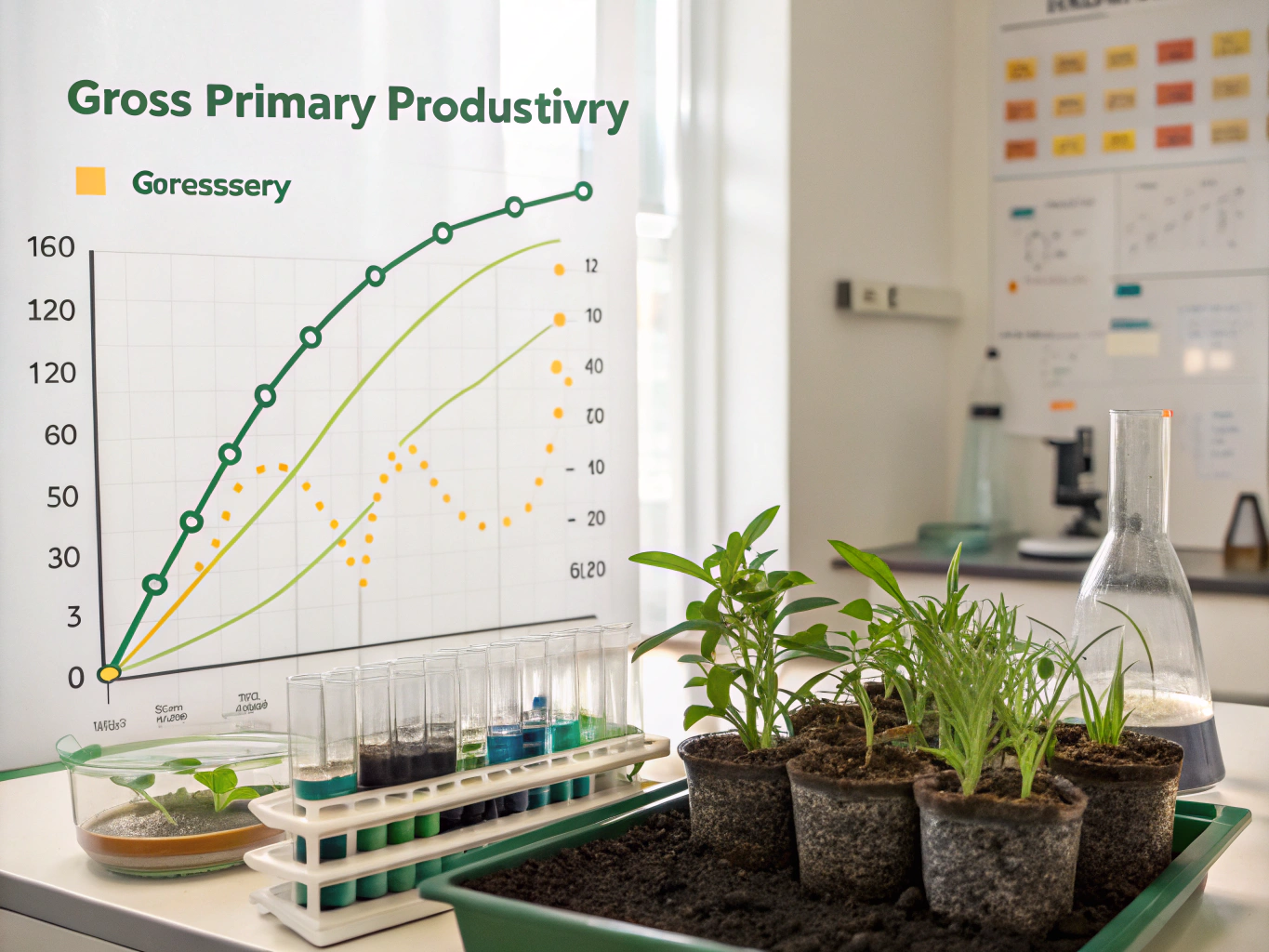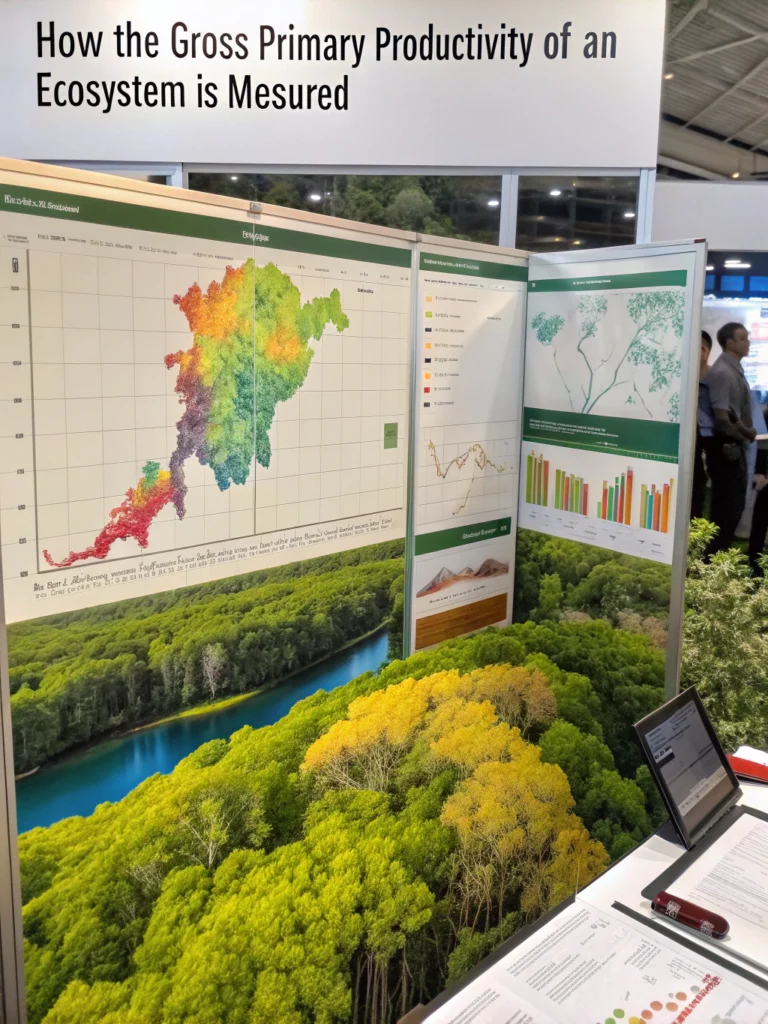How the Gross Primary Productivity of an Ecosystem Is Measured
Understanding how the gross primary productivity of an ecosystem is measured is crucial for ecologists, farmers, and conservationists alike. But what exactly is Gross Primary Productivity (GPP)? It’s essentially the total amount of energy (in the form of organic matter) produced by photosynthesis in a given area over a specified time period. This measurement serves as a key indicator of the health and productivity of an ecosystem.
What is Gross Primary Productivity?
Gross primary productivity refers to the amount of carbon uptake by plants through photosynthesis. This means how much energy is captured in the form of organic compounds, which is vital for sustaining the food web within an ecosystem. When we talk about measuring ecosystem GPP, we’re laying the groundwork for understanding energy flow and resource availability within that ecosystem.
Methods of GPP Calculation
When it comes to GPP calculation methods, there are a few primary techniques that scientists employ:
-
Field Measurements: Instruments like gas exchange systems measure the exchange of gases in plants, allowing for direct calculations of photosynthesis rates.
-
Remote Sensing: This technique uses satellite data to monitor vegetation health and photosynthetic activity across large landscapes, providing estimates of overall productivity.
-
Ecosystem Models: Complex mathematical models can integrate multiple data sources and project productivity under varying climate conditions, land uses, or management practices.
Each of these approaches provides unique insights into ecosystem productivity measurement and helps create a robust picture of how well an ecosystem is functioning.
The Importance of Measuring Primary Production in Ecosystems
Measuring primary production in ecosystems is pivotal for various reasons. It can help:
- Assess the impacts of climate change on biological productivity.
- Guide agricultural practices for optimizing crop yields.
- Provide insight into biodiversity and ecosystem health.
In areas undergoing environmental stress, understanding GPP can highlight how ecosystems respond to changes and inform conservation strategies.
The Role of Photosynthesis in Ecosystems
Clearly, photosynthesis in ecosystems is a keystone process. It’s not just about how trees and plants grow—it’s about how energy moves through the entire ecosystem. Higher rates of GPP often correlate with healthier ecosystems, as it indicates that plants are efficiently converting sunlight, water, and carbon dioxide into energy.

Measuring Ecosystem GPP: A Key to Energy Flow
Understanding ecosystem energy flow starts with GPP data. By measuring how much energy is produced, we can ascertain how much energy is available to herbivores, and subsequently to predators. This foundational knowledge is invaluable for both ecological studies and practical applications like agriculture and land management.
FAQs
Q: What factors influence the gross primary productivity of an ecosystem?
A: Factors like sunlight, temperature, availability of water, and nutrient concentrations all play critical roles.
Q: How can GPP affect food supply and agriculture?
A: By understanding GPP, farmers can better manage their practices to enhance productivity, ensuring stable food supplies.
Q: Can GPP change dramatically over time?
A: Yes, fluctuations in climate conditions, land use, and human interventions can lead to significant changes in GPP values over time.
In conclusion, comprehensively understanding how the gross primary productivity of an ecosystem is measured provides vital information to help us maintain the balance of life on Earth. Knowledge of GPP helps us manage resources wisely, conserve biodiversity, and adapt our agricultural practices to ensure a sustainable future.
To delve deeper into enhancing your productivity beyond the biological realm, check out the AI for Productivity eBook + Checklist: Supercharge Your Efficiency in 2368. Additionally, for those needing tailored strategies, explore the ADHD Productivity Power Pack: Ebooks, Guides, Checklists, Workbook & Tools to Master Focus, Time Management & Organization.
Being informed about both ecological and productivity tools sets a foundation for advancements in both ecosystems and human efficiency.

